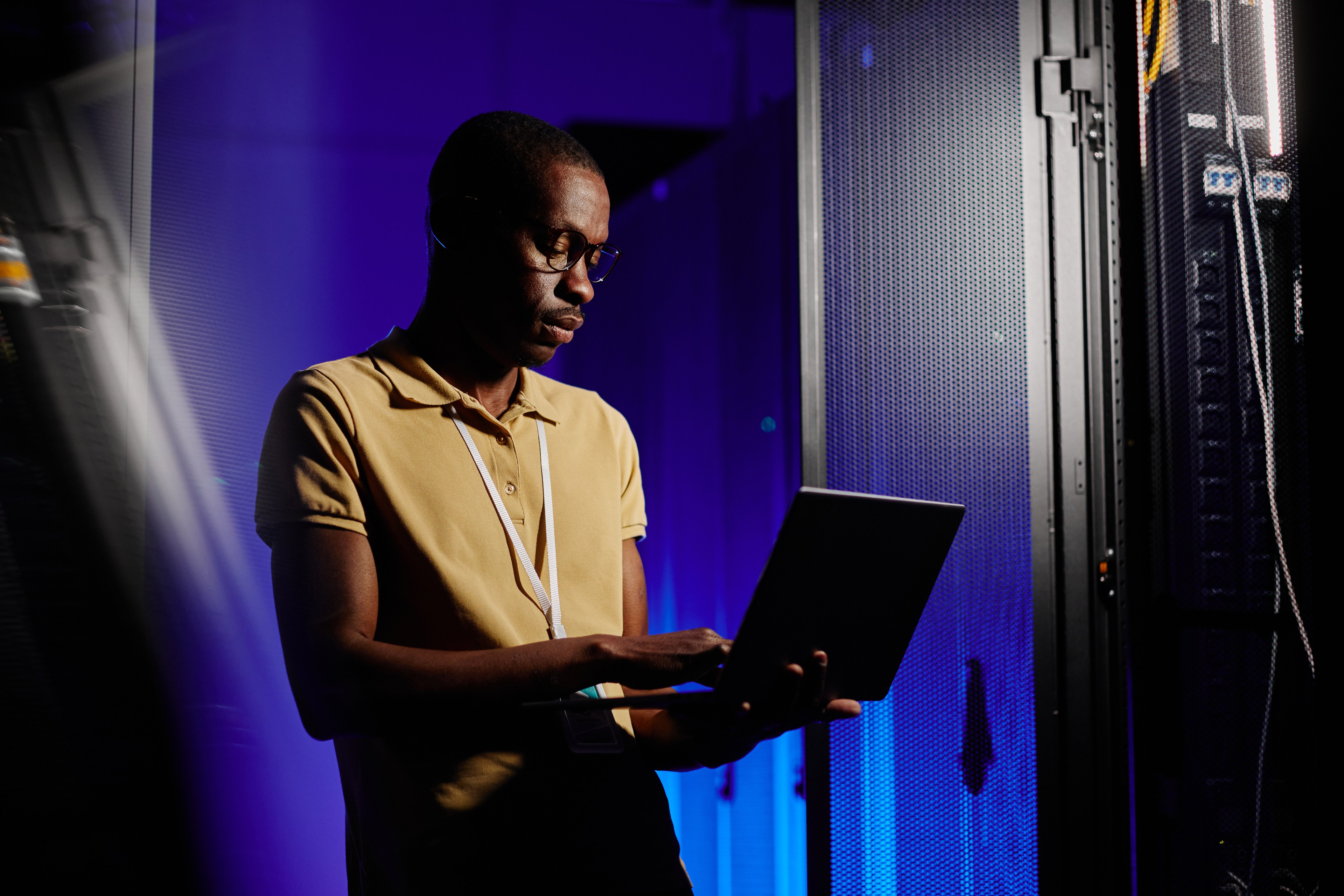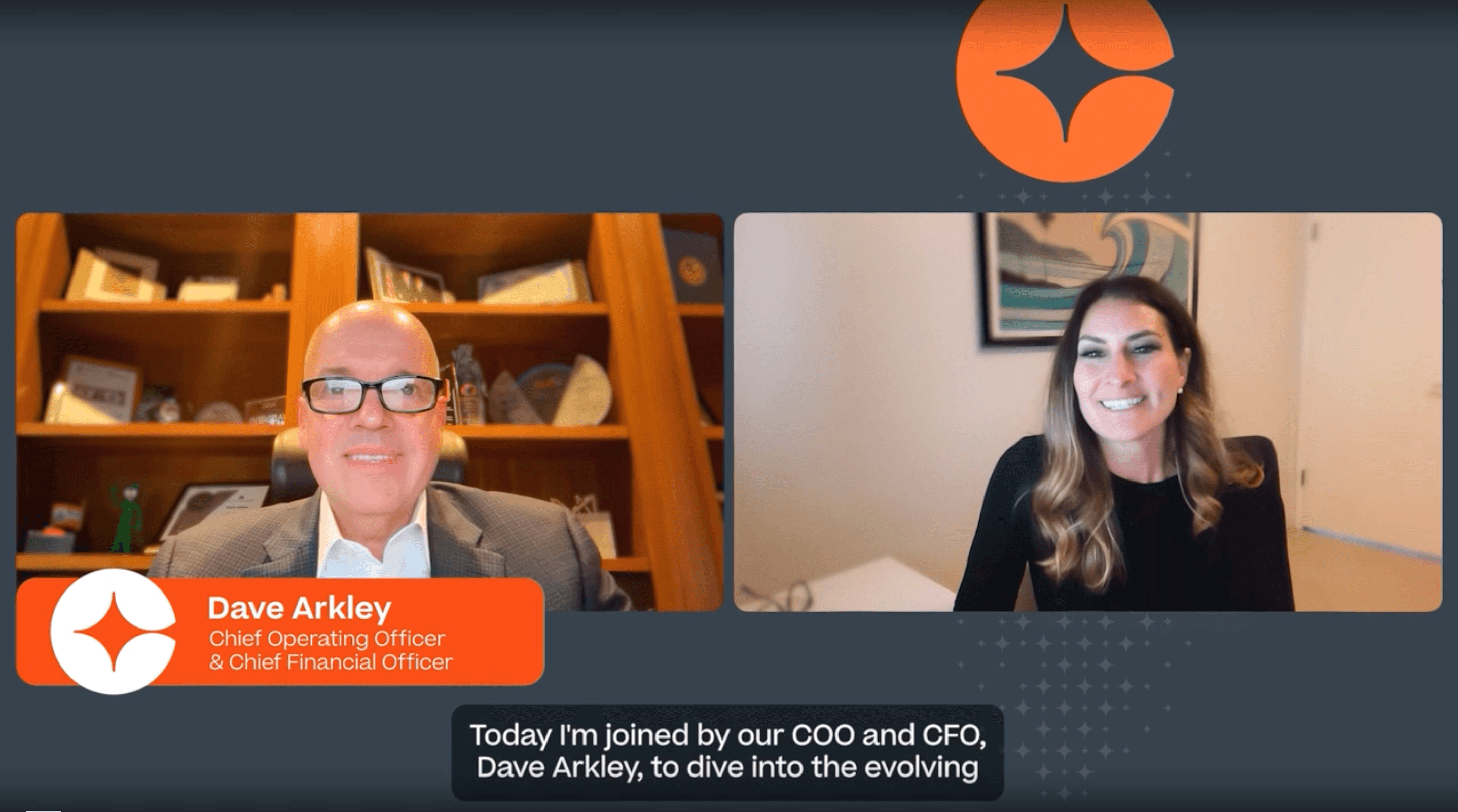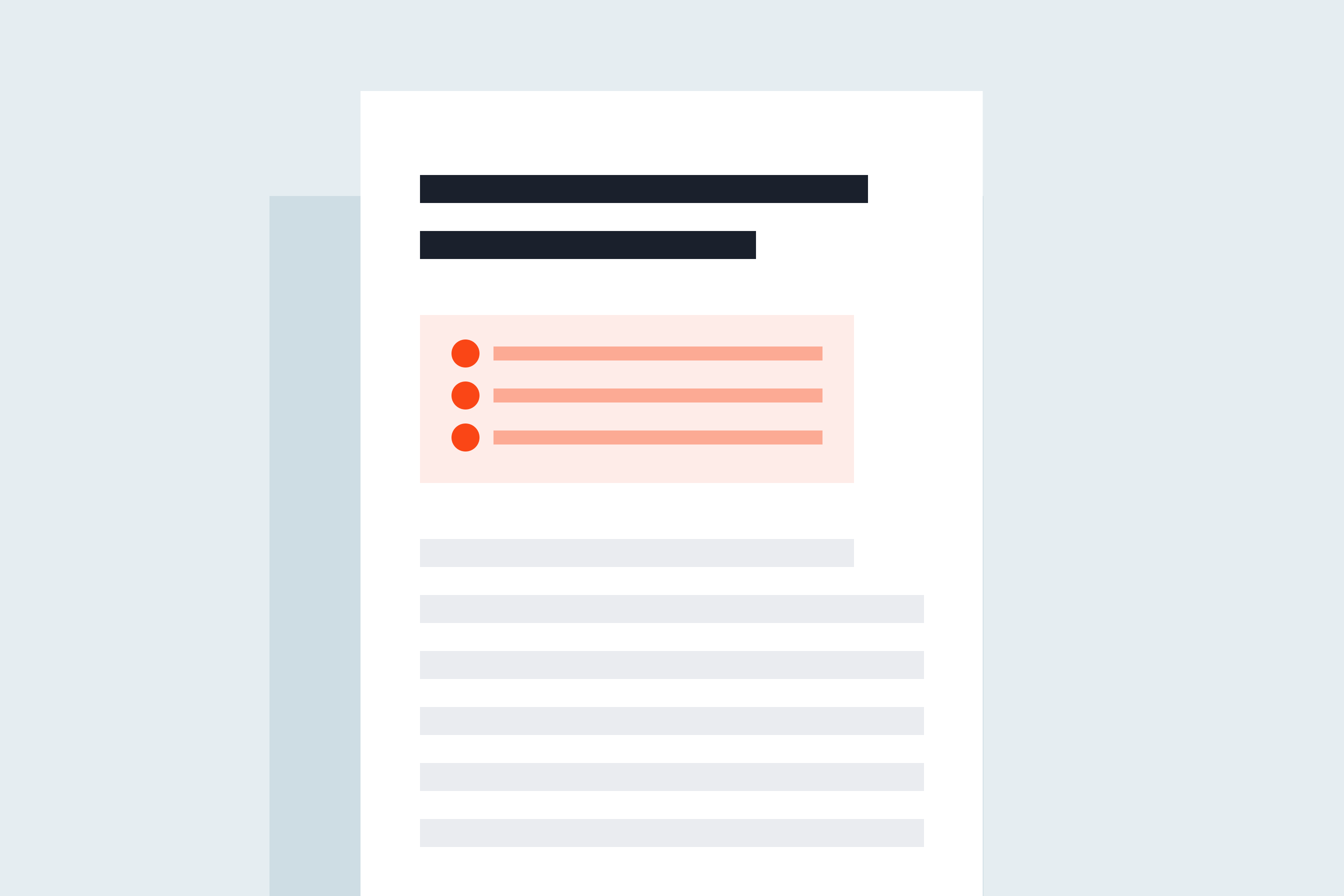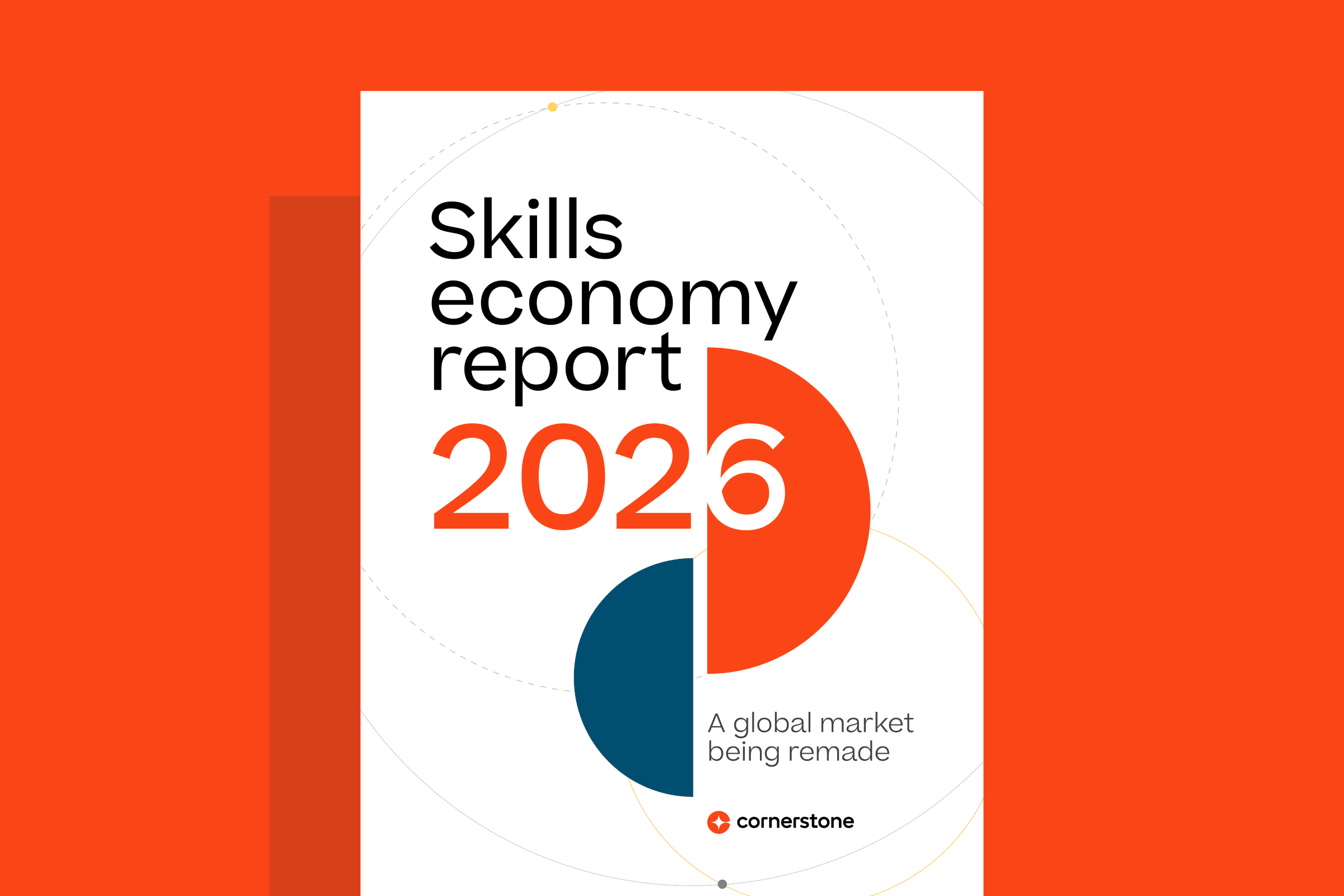Key Takeaways:
- AI in HR enhances sourcing, onboarding, skills development, collaboration, and career growth.
- Successful AI integration requires transparency, education, and collaboration to build trust and overcome skepticism in HR processes.
- Humans remain essential in understanding emotions, motivation, and soft skills, complementing AI to create a balanced, effective work environment.
is often shown in movies and books as a mysterious and super intelligent tool. Some think it's scary, like a powerful force that takes away our control and jobs and is generally portrayed negatively. AI is not magic, and it's helpful for HR and employees like you and me!
AI is like a toolbox of remarkable technologies that help us make decisions. It does what we tell it to do and does it well. It can even do boring and repetitive tasks or analyze a massive amount of data faster. In HR, it can be a great tool to improve HR processes.
In this article, we'll explain what AI is, how it can be used in HR, and the essential things to consider when using it.

Understanding AI: It's not rocket science!
AI is all about computers imitating human thinking. It can learn things quickly and recognize objects or patterns in a massive amount of information. For example, it can help HR managers find the perfect candidate for a job by analyzing resumes or suggesting personalized training opportunities based on employees' skills. It's like having a super intelligent assistant by your side!
Some people may still worry about AI taking over or making unfair decisions. But the truth is, AI is just a tool—it can't understand things like our behavior or motivations. Remembering that AI can't replace human interaction and decision-making is essential. It's meant to support us, not control us.
The superpowers of AI in HR:
AI has some incredible superpowers that can revolutionize HR processes. Let's check them out:
- Sourcing and recruitment: AI can help HR managers search for the most talented individuals by quickly scanning and analyzing resumes. It's like having a personal talent scout that can spot the perfect match for a job.
- Personalized onboarding experiences: AI can create personalized onboarding experiences when new employees join a company. It can provide them with all the necessary information, like training materials and introductions to team members. It's like having a friendly guide who helps them settle in smoothly.
- Skills power-up: AI can suggest personalized employee training and development opportunities based on their existing skills and career goals. It's like having a personal coach who knows exactly what you need to improve your career.
- Collaboration and Support: AI-powered chatbots can answer employees' questions and provide support whenever needed. It's like having a super helpful friend who's always there for you.
- Career advancement: AI can recommend exciting projects or positions within a company that aligns with employees' skills and aspirations. It can even suggest training courses to help them acquire new skills. It's like having a career advisor who knows your dreams and enables you to reach them.
The human touch: AI can't do it all
While AI is super cool, it can't replace the power of human interaction and judgment. There are things that only we humans can do, like understanding emotions, motivations, and soft skills. So, while AI can make our work lives more accessible and efficient, it's essential to remember that human connection and understanding are still vital.

So, while AI can make our work lives more accessible and efficient, it's essential to remember that human connection and understanding are still vital. The ability to truly understand and relate to one another, to empathize and provide support, is what fosters solid relationships and drives our organizations forward. Together, you can strike the perfect balance and create workplaces that blend the best of technology and humanity, fostering an environment where both thrive.
Contrasting reactions to AI
AI sometimes gets a bad rap, but it's time to set the record straight. Trust is crucial!
AI in the field of HR sparks mixed reactions and a lot of mistrust. Various studies conducted in different countries reveal that while many see AI as a threat, it is also considered a potential source of improvement and competitiveness. This ambivalence is also present within HR itself.
AI is warmly embraced when it supports employees daily and enhances their working conditions. However, it loses appeal when used for control or evaluation purposes.
These reactions to AI differ from country to country, influenced by factors such as the level of national freedom or authority and the role of managers. Social categories also play a role, as workers and employees tend to be more cautious about these technologies than executives and individuals who are more familiar with digital tools.
AI tools will only be fully accepted if they are comprehensible, with their operations explained clearly. This understanding and transparency can inspire the confidence needed for widespread adoption, especially in HR processes.
Fostering trust in AI: Transparency and collaboration in HR
AI can be seen as a mysterious "black box" that generates results without explanation, leading to mistrust. To overcome this, algorithms must be transparent and understandable.
Transparency starts with education and training. Everyone involved should understand how AI works and its purpose. It's also important to be transparent about the data used and how it's structured, as well as the risks of bias and how they can be addressed. The GDPR requires clear communication about automated decision-making and its impact.
In HR, these issues require collaboration between HR leaders and social partners. AI can challenge existing rules and require new approaches. For example, when recommending employee training, it's important to know the criteria used by the algorithm. Regularly reviewing and questioning the rules, and being responsive to issues, ensures effectiveness.
By promoting transparency and collaboration, HR can build trust in AI and use it responsibly to improve HR practices.
Main principles to respect
For trust in AI to be established, the CNIL has set out the founding principles essential to the proper functioning of AI and the protection of personal data:
- Loyalty means that these algorithms must also benefit those who use them, management, HR functions, and employees.
- Reflexivity, vigilance, and retrospect are necessary to keep control of the algorithms, modify and possibly delete them.
- More than intelligibility and the code's transparency are needed; non-experts must understand the algorithm's logic, what it allows to do, and what it is used for.
- Accountability means knowing who is responsible for the algorithm and who can modify it so as not to lose control of this object.
AI and HR: The dream team
AI and HR work together as an unbeatable team, making work effective and efficient. AI in HR is an essential tool that allows HR to improve its efficiency and productivity and offer employees valuable features, particularly career development, and management.
It is important to remember AI is a tool that helps us, not controls us. By embracing AI, fostering trust, and combining it with our human touch, we can create a fantastic alliance that brings out the best in both worlds.
To explore all the possibilities of AI in HR, book a demo.


